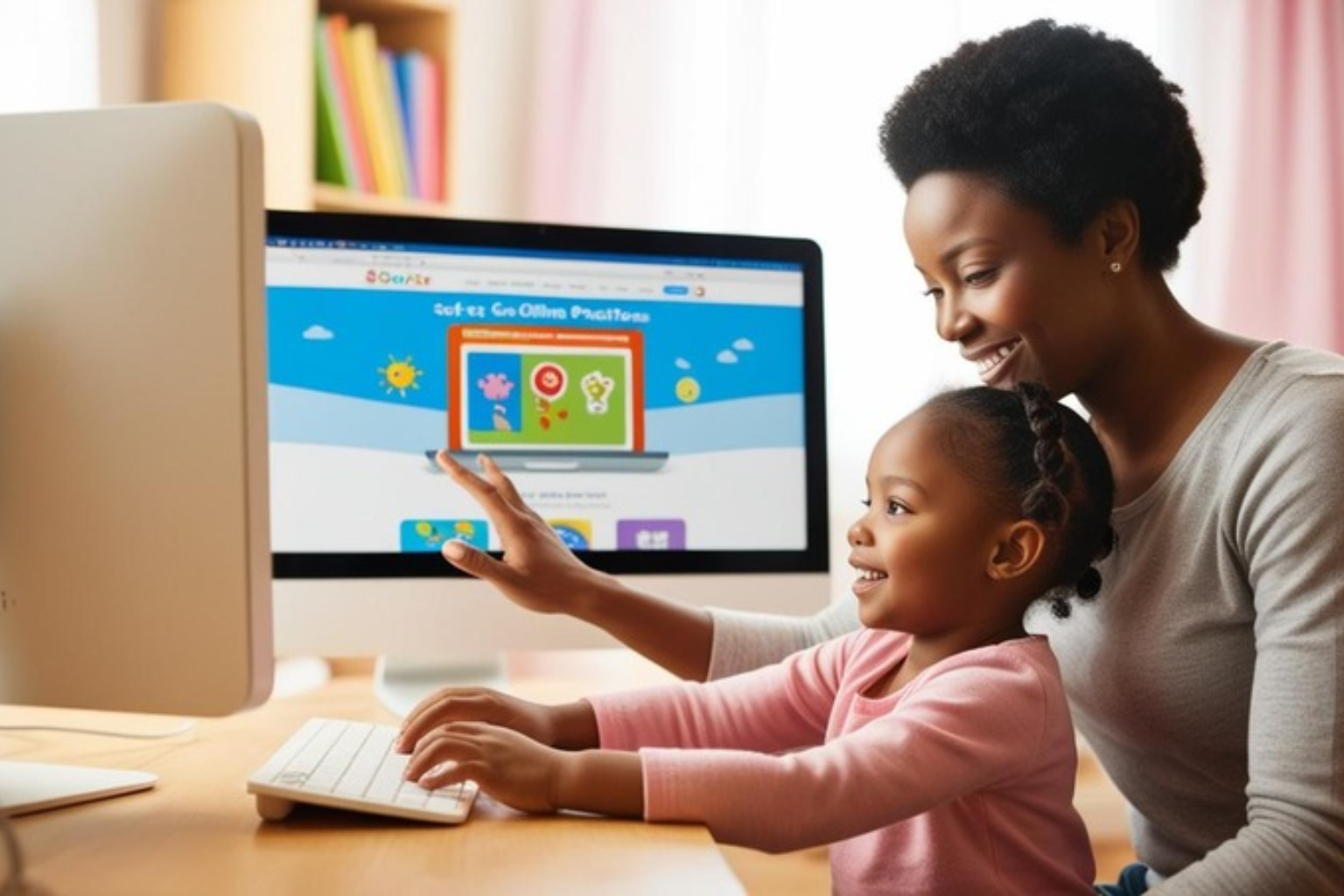The internet is part of everyday life for today’s children — they use it for school, entertainment, games, communication, and exploration. But while the online world opens doors to learning and connection, it also brings real risks like inappropriate content, online predators, cyberbullying, and privacy breaches.
As parents or caregivers, it’s your role to protect your child’s digital life, just as you would their physical safety. In this guide, we’ll walk through practical steps to build digital awareness, set healthy boundaries, and raise confident, safe young users.
1. Understand the Risks Children Face Online
Before you can protect your child, you need to know what dangers exist. Children and teens may not recognize harmful situations or understand how to handle them.
Common Online Risks:
- Exposure to inappropriate or violent content
- Contact with strangers or online predators
- Cyberbullying from peers
- Scams, phishing, or downloading malware
- Sharing personal information publicly
- Spending too much time online, affecting mental health or sleep
Recognizing these dangers helps you guide your child with clarity and confidence.
2. Open the Conversation Early and Keep It Going
Digital safety is not a one-time talk — it’s an ongoing conversation that evolves as your child grows and as technology changes.
Tips for Ongoing Communication:
- Start young, before they even go online
- Use calm, non-judgmental language
- Ask open-ended questions about what they see and do online
- Encourage them to tell you if something feels off or uncomfortable
- Share your own digital habits and concerns
When your child feels safe talking to you, they’re more likely to report problems early.
3. Set Clear Rules for Internet Use
Children need structure and guidance when navigating the digital world, just like they do in real life.
Create Simple Digital Rules:
- Define which websites and apps are allowed
- Set screen time limits for different activities (school, games, videos)
- Establish tech-free times (e.g., meals, bedtime)
- Make rules visible and consistent for all children in the home
- Use parental controls when needed
Consistency and clarity will help kids know what’s expected and build self-discipline.
4. Keep Devices in Shared Spaces
It’s easier to supervise online activity when devices are used in common areas like the living room or kitchen — especially for younger children.
Why This Matters:
- You can see what content they’re accessing
- It reduces the chance of secretive or risky behavior
- It makes asking for help more natural and less intimidating
For teens, encourage a healthy balance between privacy and accountability.
5. Teach Your Child About Personal Information
Children may not realize how valuable their personal information is or why they should protect it.
Teach Them to Never Share:
- Full name, address, or phone number
- School name or location
- Passwords or login info
- Photos that reveal location or identity
- Personal problems with strangers or online “friends”
Use age-appropriate examples to explain how information can be misused.
6. Introduce the Concept of Digital Footprint
Everything shared online leaves a trace — and kids should understand that.
What to Teach:
- Posts, comments, and photos can stay online forever
- Even deleted content can be screenshotted or archived
- Colleges and future employers may see online activity
Help them think before they post or comment, and explain that online actions have consequences.
7. Use Parental Controls and Tools Wisely
Parental controls can help limit risks, but they’re not a substitute for active parenting.
Smart Use of Controls:
- Set filters to block inappropriate content
- Limit screen time through apps or device settings
- Monitor usage without being overly invasive
- Let your child know you’re using controls and why
Technology can support your parenting, but communication and trust are still essential.
8. Talk About Cyberbullying and How to Respond
Cyberbullying can be just as damaging as face-to-face bullying — and it often goes unnoticed.
What to Teach:
- What cyberbullying looks like (mean comments, exclusion, harassment)
- It’s okay to block or report harmful behavior
- They should never retaliate or join in
- Tell a trusted adult immediately
Reinforce that asking for help is a sign of strength, not weakness.
9. Help Them Recognize Unsafe Online Behavior
Children should know how to identify suspicious behavior and what to do when it happens.
Red Flags Include:
- Someone asking to meet in person
- Requests for photos or videos
- Conversations that feel secretive or uncomfortable
- Pressure to keep things hidden from parents
Make sure your child knows they can always come to you without fear of punishment.
10. Be a Digital Role Model
Your behavior sets the tone for how your child interacts with technology.
Model Good Habits:
- Avoid excessive screen time yourself
- Show how to unplug and enjoy offline time
- Practice kindness in online communication
- Respect their privacy while staying involved
When you model balance and responsibility, your child learns by example.
Final Thoughts: Protecting Without Controlling
Your goal is not to isolate your child from the digital world but to prepare them for it. With open dialogue, clear rules, and mutual trust, you can create a safe and empowering online environment where your child learns, grows, and thrives.
The internet can be a powerful tool — and with your guidance, it can also be a safe one.
